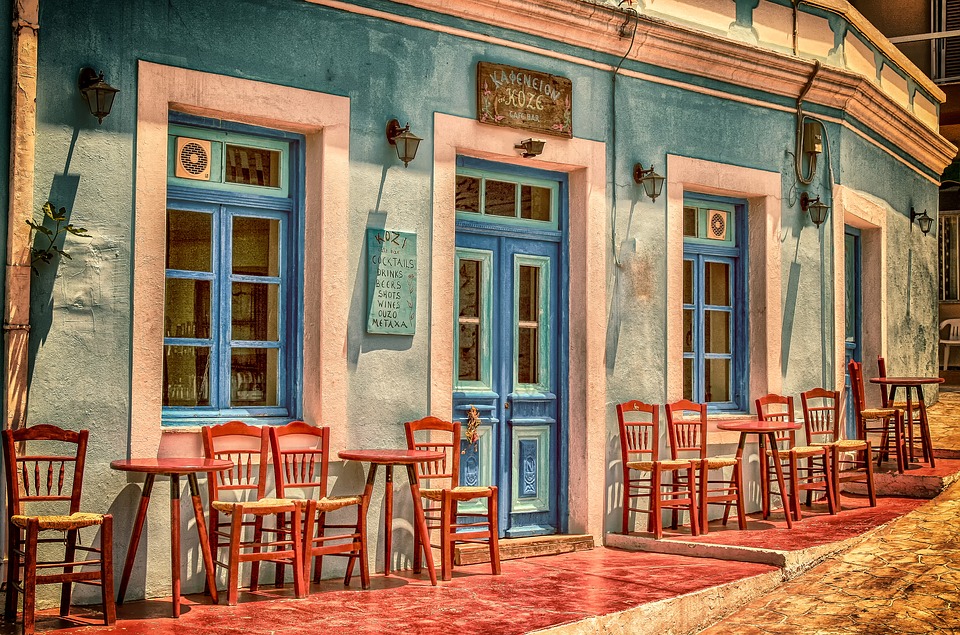Good or bad restaurants. Six differences you can instantly spot
Today, in every city in the world it is easy to find restaurants for every taste. They have lunch or dinner options, organize dinners for romantic dates and business meetings, there are places to relax in, places to enjoy delicious food, and those with a pleasant atmosphere. Going to a restaurant for the first time, without having a recommendation from a friend (especially in a foreign city or country), is likely to result in a disappointment.
However, there are several factors that highlight a restaurant’s quality. This is what my post is about today.
The number of visitors directly indicates everything about a restaurant – its reputation, prices and dishes. A half-empty restaurant is a serious reason to think about the quality of products, the professionalism of the chef, and the pricing policy of the establishment. However, assessing the fullness of the restaurant, you need to consider its location (in the center, in a residential area) and the time of day.
The interior decoration affects the mood of visitors as much as the food. The interior of a good restaurant should be in line with the food the restaurant serves. Most often, the design dictates the type of cuisine the restaurant specializes in (Chinese, Italian, French). An important aspect is its location. A very luxuriously decorated restaurant would be suitable in the center of the capital but would be absolutely inappropriate in a small village. This is an aspect worth paying attention to.
In addition to the design in general (style, quality of the materials used), the level and quality of the restaurant’s details such as the appearance of the waiters, the table setting and so on, may also tell us something about the quality of the place. If there is a tablecloth on the table, it should be made of natural fabric (not synthetic). On the table, there should only be a knife and fork, and sometimes a glass for water. Other decorations (magazines, figurines, advertising leaflets) are unacceptable. The exception is paper napkins.
The waiter or waitress of a good restaurant should be unscrupulous, middle-aged, discreet and patient in character. As for the appearance, there may not be a strict uniform but a clean white shirt (or T-shirt) is enough. An apron should be required (not applicable to establishments with a Michelin star).
The waiter is obliged to clearly and knowledgably answer visitors’ questions about the dishes on the menu. If the waiter cannot clearly explain what the dish is made of or how long it takes to prepare, this indicates a lack of professionalism, which affects the overall quality of the restaurant.
You can have an opinion about the restaurant’s kitchen before tasting the ordered dishes by paying attention to the menu offered. One of the main signs of a good restaurant is a short list of dishes. Too big a menu reflects the workload of chefs, which leads to a long waiting time for your order. The average but high-quality restaurant tend to offer a maximum of four appetizers, four main dishes, and several options written on the board. Exceptions are gastronomic tours.
The main advantage of the restaurant is tasty, properly cooked food which comes from using fresh seasonal products. Remember that the season of fresh caviar is the second half of summer, the season of fresh vegetables is autumn. If you order dishes made from such products, for example, in the winter, then either their quality will not be the best or the price will be exorbitant.
The question of how much money you can pay for visiting a restaurant is very subjective. Each visitor determines for themselves the acceptable cost of meals. On the one hand, it is true that you have to pay for pleasure, on the other hand, no one wants to overpay for a cup of coffee with a cake or a small portion of salad, trusting the assertion that this type of coffee is the most exclusive, and the salad is the freshest.
